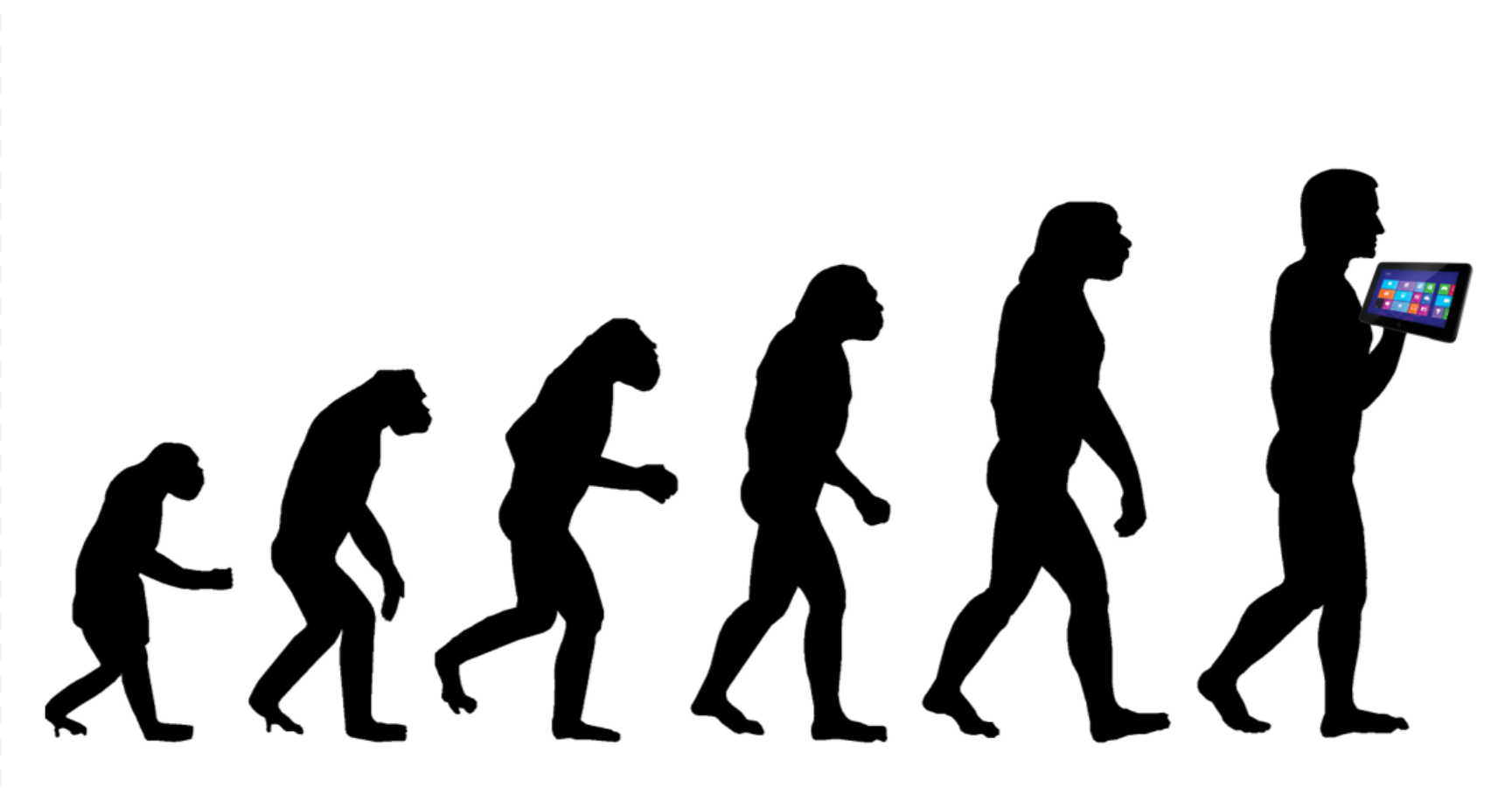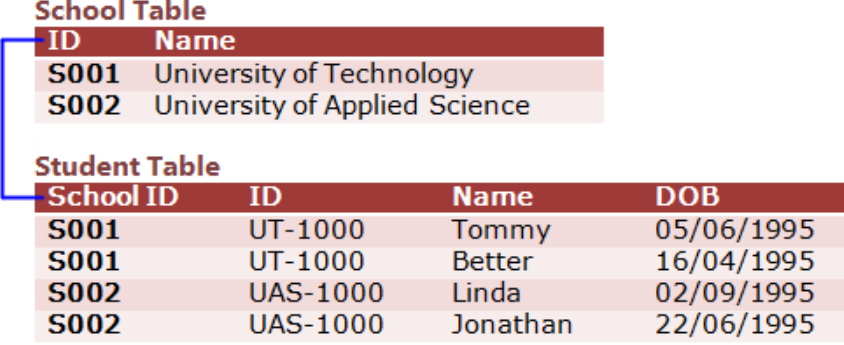learn, do, earn with Dynamics 365 — CRM as part of the Dynamics Suite
Ana DemenyI was saying? Oh yes, if you are just starting your career, or thinking of changing it, Dynamics 365 might just be suitable for you as described in my previous article (which is also my first).
So what is Dynamics 365 anyway?
Dynamics 365 is a suite of ERP (enterprise resource planning) and CRM (customer relationship management) applications, with the aim to act as accelerators and frameworks, so that others (you) can build new technology. Dynamics 365 is a major initiative of Microsoft and a big part of the digital transformation vision they have presented in November 2016. The main idea is that using Dynamics 365, Office, Azure, Data Analytics and Artificial Intelligence, organisations will be building their own complex solutions, by empowering people, like you, to drive transformational impact.
Wow! Some big words in that description. Satya Nadella, Microsoft’s CEO, even had this cool keynote entrance.
Come one, you soooo wanna be a part of that now.
I mentioned Dynamics 365 provides ERP (enterprise resource planning) and CRM (customer relationship management). I’ll talk to you about CRM because:
- Every business has to manage the relationship with their clients.
- Knowing how a CRM works, how it helps a business grow, might be useful in your day to day life.
- In order to design/develop/implement or simply imagine a CRM, you first need to learn the business. This bit is the very interesting. You’ll feel empowered: someone actually wants to tell you what they do, in their day to day job. It will make you feel more involved in how our world works, more in control of your own destiny.
- I simply don’t know ERP.
So Dynamics CRM **is a product that can be installed on your own servers, we will call that an on-premises** implementation, or hosted in the Microsoft Cloud and we’ll call that and online implementation.
In order to function, a CRM system needs a Windows Server and a SQL Server. We need a Windows Server to process all of our services and tasks, and we need the Sql Server, because all CRM data and structure is held in Sql Databases. Now this bit is super important because over time, the database structure has changed for almost each CRM version: CRM 3.0, CRM 4.0, CRM 2011, CRM 2013, CRM 2015, CRM 2016 and Dynamics 365 when they took away our version numbers, forcing us to name CRM based on its update version number. Yep, there’s always a way.

I know! It’s a men’s world. All CRM systems have been built on relational databases. Relational databases are a concept invented by IBM in 1970, and used ever since. According to wikipedia:
This model organises data into one or more tables (or “relations”) of columns and rows, with a unique key identifying each row. Rows are also called records or tuples.[2] Columns are also called attributes. Generally, each table/relation represents one “entity type” (such as customer or product). The rows represent instances of that type of entity (such as “Lee” or “chair”) and the columns representing values attributed to that instance (such as address or price).
Urgh, so many words.
A database has tables and columns where we will store data. Each record in our tables will have a unique reference, also known as a Primary Key. Using the Primary Key, the tables can relate to each other.
Here’s a very simple example of a relational database, where we can see a representation of which student goes to which school and vice-versa.

The simplest relational database in the world.
As you can imagine, these databases can be easily extended and changed, so they can represent a correct data model.
Can you believe there are people who got to a Digital Transformation concept from structures such as the above?
Things have evolved a lot during the years, and so did CRM. There is such a big difference between the CRM structure in version 3.0 and Dynamics 365, that the systems almost bear no resemblance.
You’re probably wondering why am I blabbing about older versions of CRM. We should just speak about the newest version. We’re bleeding edge!
Well… knowing how the product is built might lead to a better understanding of the platform, which might just lead to you having a voice. That if you are not one of those people who just swallow motivational quotes, and believe it’s ok to just speak your mind and others should just deal with it.
Remember: the difference between ignorant and stupid, is that the ignorant can learn.
Also, knowing this information will save you from crushing an upgrade project, by underestimating.
Next time: more about what CRM is, why people use it and, more important, why should you know how to build one. This article was first published on Medium.
